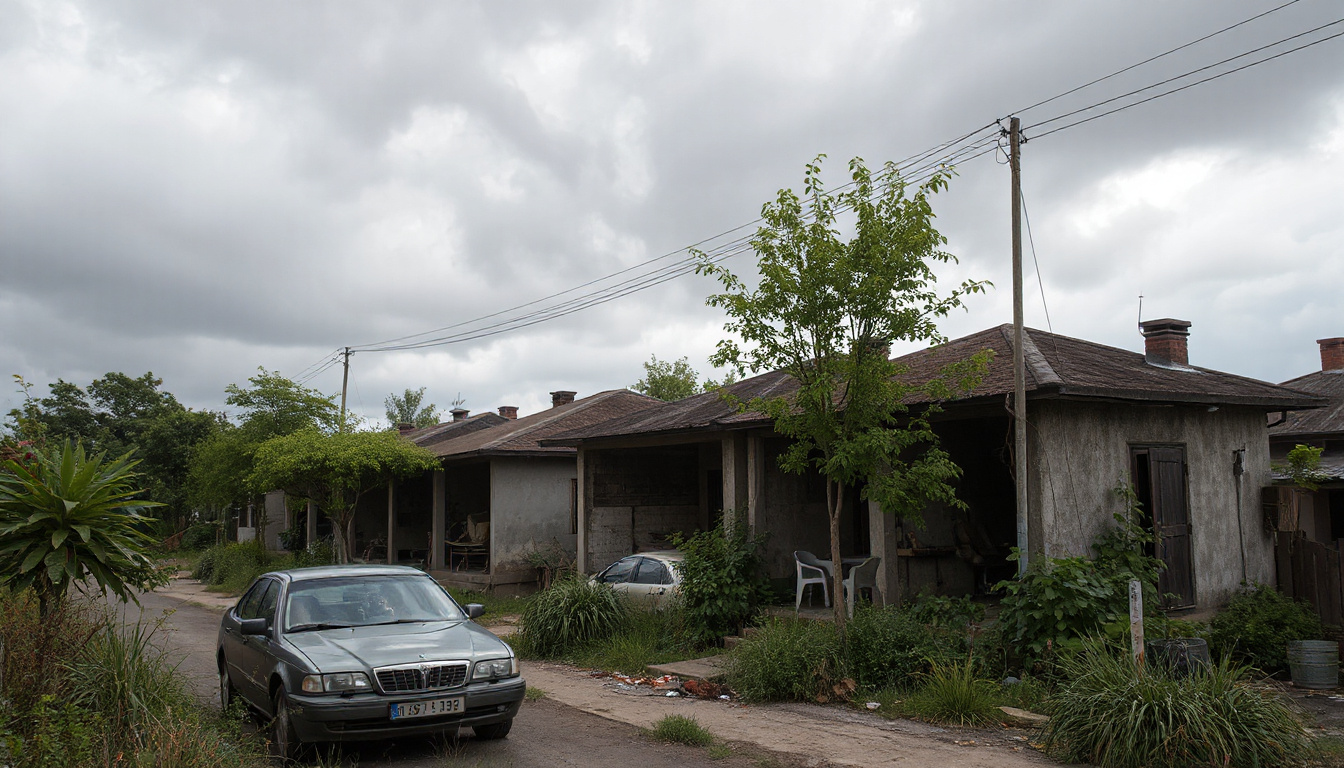Eastbourne HMO Conversion Appeal Dismissed: A Setback for Shared Housing Initiatives
Overview of the Decision
A planning inspector has dismissed the appeal to convert the commercial building at 113 Pevensey Road into shared housing. The inspector released the decision on March 21. The plan by Egmont Properties Ltd aimed to create 13 bedsits in the site once used by Eastbourne & District Mencap Limited, which now operates from a new location in town.
Background of the Application
Eastbourne Borough Council first rejected the plan in May last year. The planning officers warned that the building might offer substandard accommodation and unsatisfactory living conditions. They also noted that the developers did not show that the building could not serve a commercial purpose. This point is key in local planning rules.
Appeal Process and Arguments
After the council refused the plan, Egmont Properties Ltd fought the decision. The developer pointed to an earlier approved plan for converting the same site into two two-bedroom flats and one four-bedroom flat. Since work had started on that plan, the developer argued that it was not required to prove the building had to leave the commercial sector.
The developer also pointed out differences in how the council judged living conditions. They insisted that if the earlier plan was acceptable, then the HMO proposal should be too, as both plans offered places to live.
Inspector’s Rationale for Dismissal
The planning inspector did not accept the developer’s view. The inspection showed that HMOs and flats are used in different ways, which affects the design and suitability of each. For example, a bedroom window that looks toward a courtyard might work for a flat where family members live together. It does not work for an HMO with unrelated tenants. The inspector also raised concerns about how each option gets natural light. These reasons made the HMO plan unsuited for its intended residents.
The inspector also found that the plan would not meet acceptable living standards. The decision weighs heavily on the impact on living conditions rather than the shortage of housing.
Conclusion and Implications
The ruling shows the problems that follow when a commercial building is changed into shared housing in the UK. It sets a high mark for plans to help local communities while providing good living standards.
For investors in the House in Multiple Occupation market, this case is a strong warning on the need for careful planning and following local rules. Those who want to pursue similar projects can learn from the issues that came up during this appeal.
For detailed information regarding the plans, you may refer to application reference 240143 on the Eastbourne Borough Council website.
Further Reading
As the property market shifts, it pays to know the latest planning rules and decisions. For more information and expert views on HMOs and housing policies in the UK, visit these sites:
These links give useful details and advice for investors and others keen on the UK housing scene.



